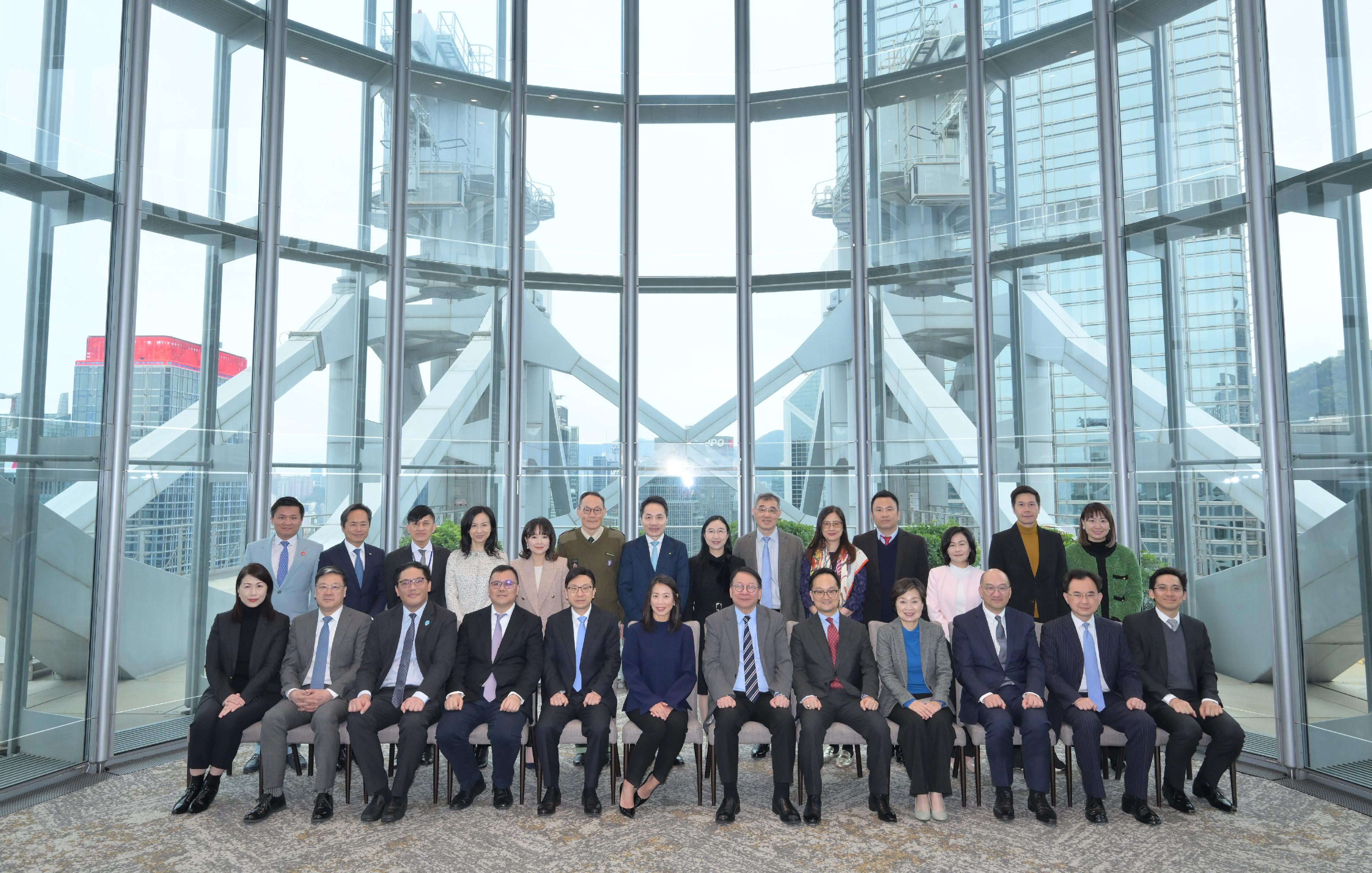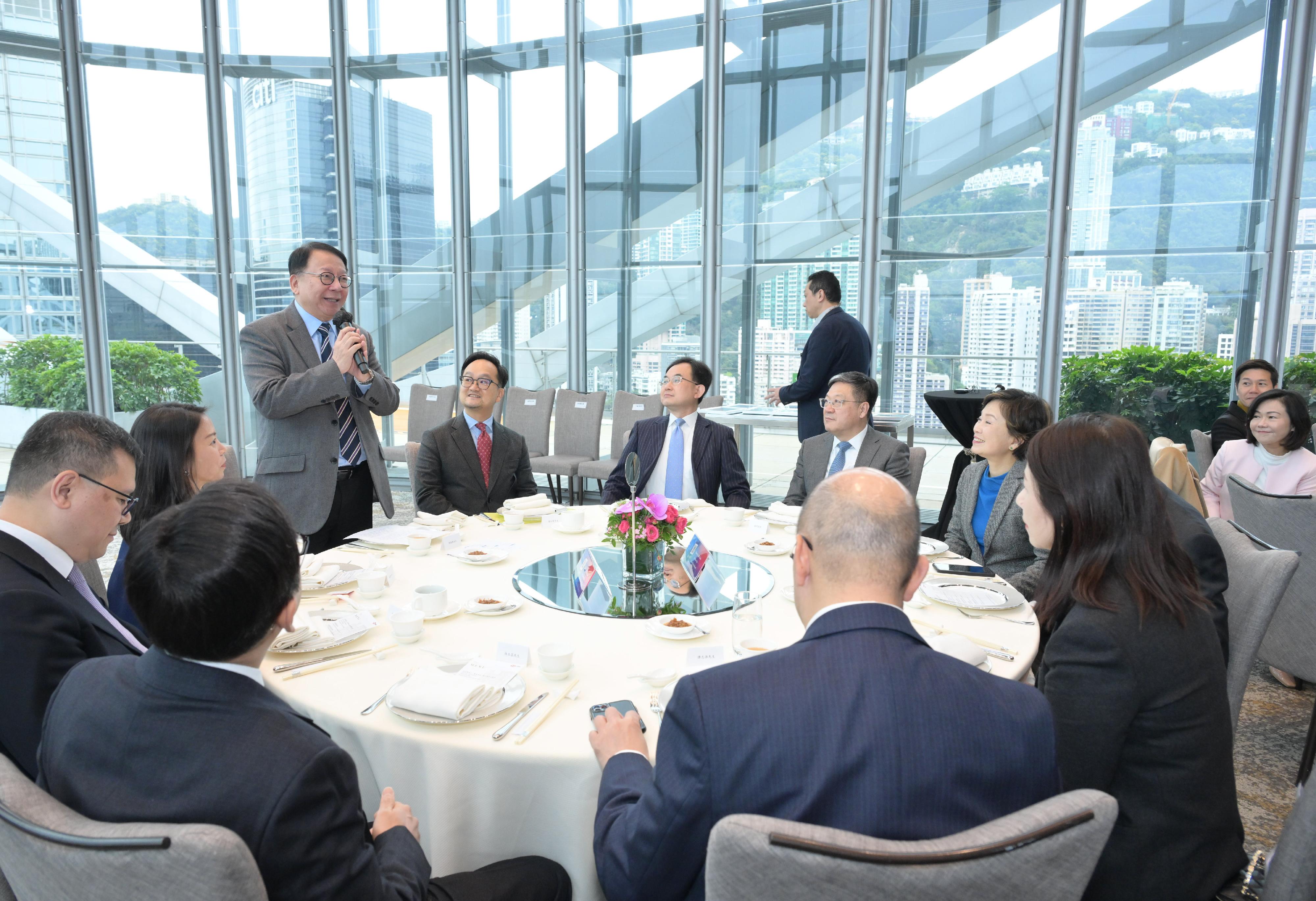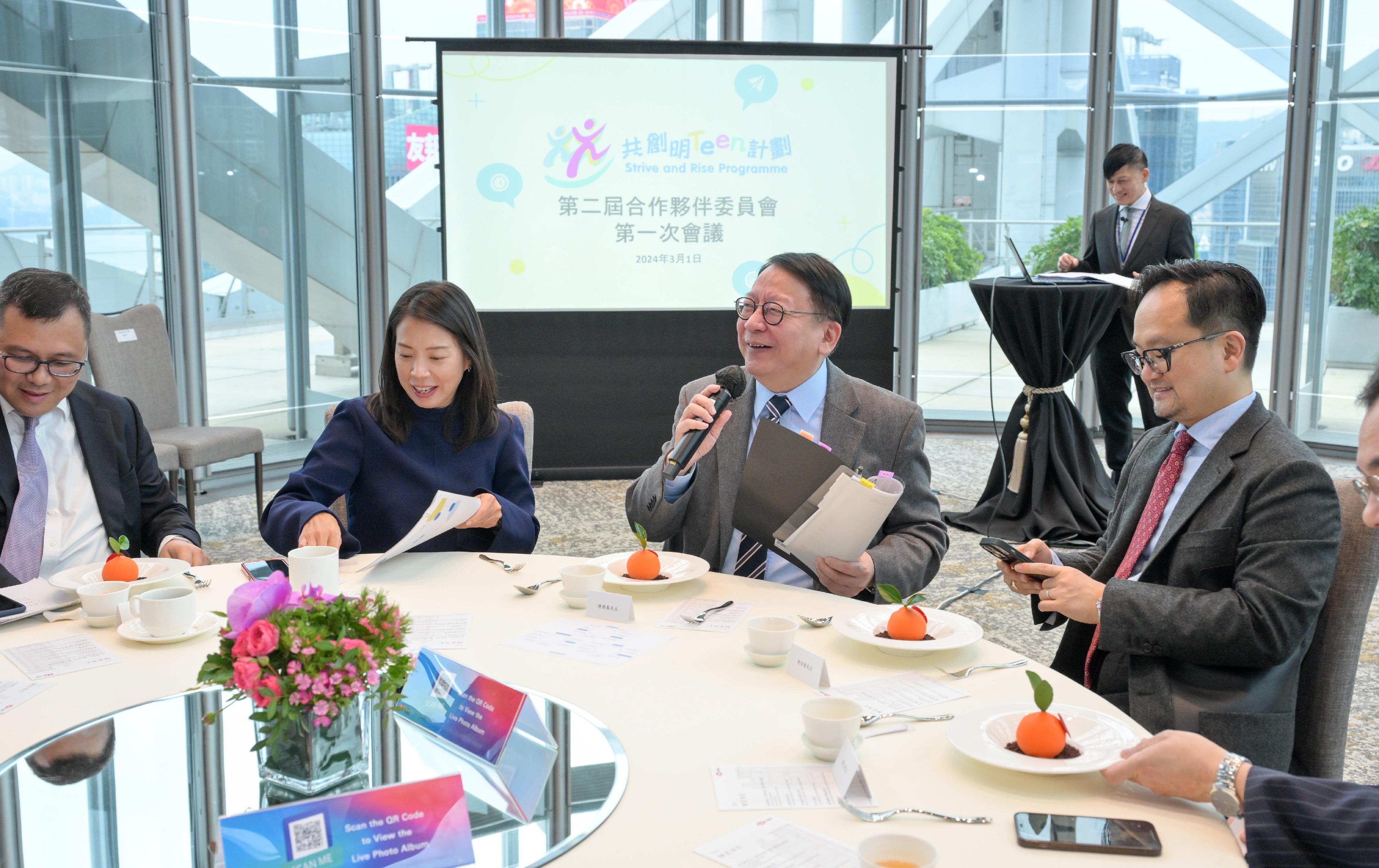Provisional Statistics of Retail Sales for January 2024
The Census and Statistics Department (C&SD) released the latest figures on retail sales today (March 1).
The value of total retail sales in January 2024, provisionally estimated at $36.5 billion, increased by 0.9% compared with the same month in 2023. The revised estimate of the value of total retail sales in December 2023 increased by 7.8% compared with a year earlier.
Of the total retail sales value in January 2024, online sales accounted for 6.5%. The value of online retail sales in that month, provisionally estimated at $2.4 billion, decreased by 20.9% compared with the same month in 2023. The revised estimate of online retail sales in December 2023 decreased by 29.5% compared with a year earlier.
After netting out the effect of price changes over the same period, the provisional estimate of the volume of total retail sales in January 2024 decreased by 1.2% compared with a year earlier. The revised estimate of the volume of total retail sales in December 2023 increased by 4.8% compared with a year earlier.
In interpreting the figures for January, it should be noted that retail sales tend to show greater volatility in the first two months of a year due to the timing of the Lunar New Year. Local consumer spending normally attains a seasonal high before the Festival. As the Lunar New Year fell on February 10 this year but on January 22 last year, the year-on-year comparison of the figures for January 2024 with those for January 2023 might have been affected by this factor to a certain extent.
Analysed by broad type of retail outlet in descending order of the provisional estimate of the value of sales and comparing January 2024 with January 2023, and also bearing in mind the effect due to the difference in the timing of the Lunar New Year as mentioned above, the value of sales of jewellery, watches and clocks, and valuable gifts increased by 25.2%. This was followed by sales of other consumer goods not elsewhere classified (+7.4% in value); wearing apparel (+5.2%); medicines and cosmetics (+25.2%); motor vehicles and parts (+23.7%); furniture and fixtures (+20.5%); books, newspapers, stationery and gifts (+27.8%); and optical shops (+0.7%).
On the other hand, the value of sales of commodities in supermarkets decreased by 9.3% in January 2024 over a year earlier. This was followed by sales of food, alcoholic drinks and tobacco (-8.0% in value); electrical goods and other consumer durable goods not elsewhere classified (-26.2%); commodities in department stores (-9.2%); fuels (-14.5%); footwear, allied products and other clothing accessories (-8.2%); and Chinese drugs and herbs (-20.1%).
Based on the seasonally adjusted series, the provisional estimate of the value of total retail sales decreased by 3.2% in the three months ending January 2024 compared with the preceding three-month period, while the provisional estimate of the volume of total retail sales decreased by 3.0%.
Commentary
A government spokesman said that the value of total retail sales continued to increase in January over a year earlier, but at a moderated pace due in part to the different timing of the Lunar New Year. It would thus be more meaningful to examine the figures for January and February combined, when available, to assess the latest retail sales performance alongside other relevant factors.
Looking ahead, the spokesman added that continued increase in visitor arrivals alongside further recovery of handling capacity and organisation of mega events would bode well for retail businesses. Rising household income and the Government’s initiatives in boosting consumption sentiment should also provide support. The Government will continue to monitor the situation.
Further information
Table 1 presents the revised figures on value index and value of retail sales for all retail outlets and by broad type of retail outlet for December 2023 as well as the provisional figures for January 2024.
Table 2 presents the revised figures on value of online retail sales for December 2023 as well as the provisional figures for January 2024.
Table 3 presents the revised figures on volume index of retail sales for all retail outlets and by broad type of retail outlet for December 2023 as well as the provisional figures for January 2024.
Table 4 shows the movements of the value and volume of total retail sales in terms of the year-on-year rate of change for a month compared with the same month in the preceding year based on the original series, and in terms of the rate of change for a three-month period compared with the preceding three-month period based on the seasonally adjusted series.
The classification of retail establishments follows the Hong Kong Standard Industrial Classification (HSIC) Version 2.0, which is used in various economic surveys for classifying economic units into different industry classes.
These retail sales statistics measure the sales receipts in respect of goods sold by local retail establishments and are primarily intended for gauging the short-term business performance of the local retail sector. Data on retail sales are collected from local retail establishments through the Monthly Survey of Retail Sales (MRS). Local retail establishments with and without physical shops are covered in MRS and their sales, both through conventional shops and online channels, are included in the retail sales statistics.
The retail sales statistics cover consumer spending on goods but not on services (such as those on housing, catering, medical care and health services, transport and communication, financial services, education and entertainment) which account for over 50% of the overall consumer spending. Moreover, they include spending on goods in Hong Kong by visitors but exclude spending outside Hong Kong by Hong Kong residents. Hence they should not be regarded as indicators for measuring overall consumer spending.
Users interested in the trend of overall consumer spending should refer to the data series of private consumption expenditure (PCE), which is a major component of the Gross Domestic Product published at quarterly intervals. Compiled from a wide range of data sources, PCE covers consumer spending on both goods (including goods purchased from all channels) and services by Hong Kong residents whether locally or abroad. Please refer to the C&SD publication “Gross Domestic Product (Quarterly)” for more details.
More detailed statistics are given in the “Report on Monthly Survey of Retail Sales”. Users can browse and download this publication at the website of the C&SD (www.censtatd.gov.hk/en/EIndexbySubject.html?pcode=B1080003&scode=530).
Users who have enquiries about the survey results may contact the Distribution Services Statistics Section of C&SD (Tel. : 3903 7400; E-mail : mrs@censtatd.gov.hk). read more




